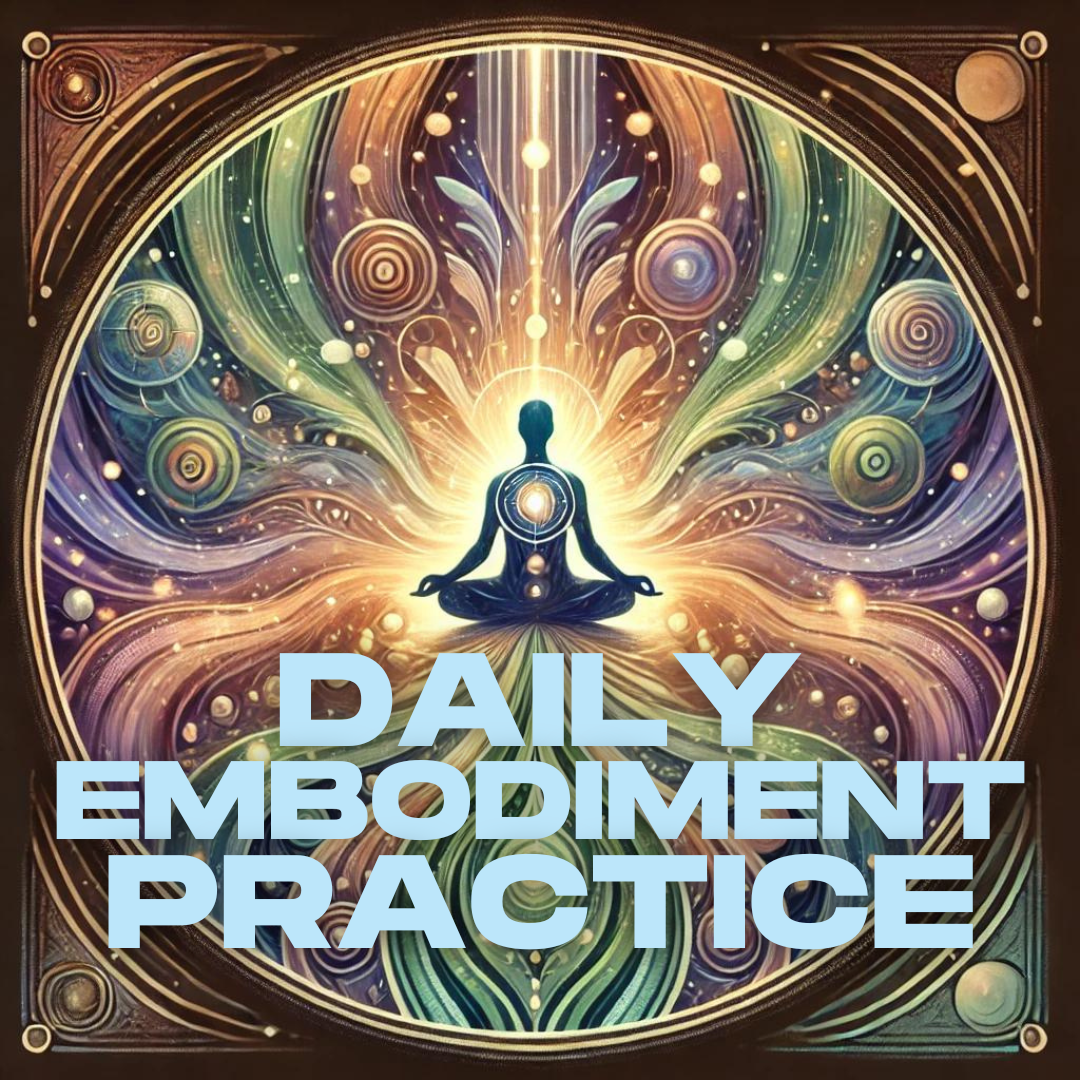The Trauma Bond AKA The Stockholm Syndrome

Learning about the trauma bond, also called the Stockholm Syndrome, is very important in the recovery after narcissistic abuse.
This topic will help you understand why you kept staying with the abuser even after you realized you were being abused, used and mistreated.
You've probably felt judged by some people who didn't get it, who told you that you were stupid for saying. Some people even go as far as telling you that you deserved what happened to you because you stayed. That is horrible to hear and not in the least bit helpful.
Surely you asked yourself at some point, why did I stay so long?
The trauma bond explains why. It's not the conscious part of your brain that made the decision to stay. The trauma bond is happening at the level of the primal brain, in other words it's a survival mechanism built into your brain that you are unaware of.
Dr. Patrick Carnes, author of The Betrayal Bond, also calls it insane loyalty because the victim sympathizes with and even defends the abuser. It defies all logic because it's not coming from the logical, thinking part of the brain.
This video on the Stockholm Syndrome will help you understand more about the mechanisms happening with the trauma bond.
Stockholm Syndrome AKA Trauma Bonding In Narcissistic Abuse
This video explains the 4 criteria that create Stockholm Syndrome (trauma bonding) and how this applies to narcissistic abuse.
It explains why it's so hard to leave and break free from the abuser and the denial even when you're aware of what's happening.
I also show you how they hook you and how to avoid that. If you know someone going through this, please share this video with them! It could be life-saving.
Now, maybe you already left the abuser and went No Contact (or Modified No Contact if you're coparenting with them), and you're wondering if you've broken the trauma bond yet or not.
This video will show you 11 signs that you're still in the trauma bond.
How to Know If You're Still In the Trauma Bond
In this video, I explain the difference between Cognitive Dissonance and the Trauma Bond. You'll also get some tips to help yourself break the trauma bond to the abuser.
Maybe you're realizing that you're still in Stage One of the recovery and the Cognitive Dissonance is still happening in your mind, so you're not at the point where you're ready to break the trauma bond but you want to dissolve the Cognitive Dissonance so you can move forward.
This podcast episode will help you with that process:
If you are ready to work on dissolving the Cognitive Dissonance and moving forward from Stage One into Stage Two of the recovery after narcissistic abuse, the 12-Week SANA Series will help walk you through that process.






